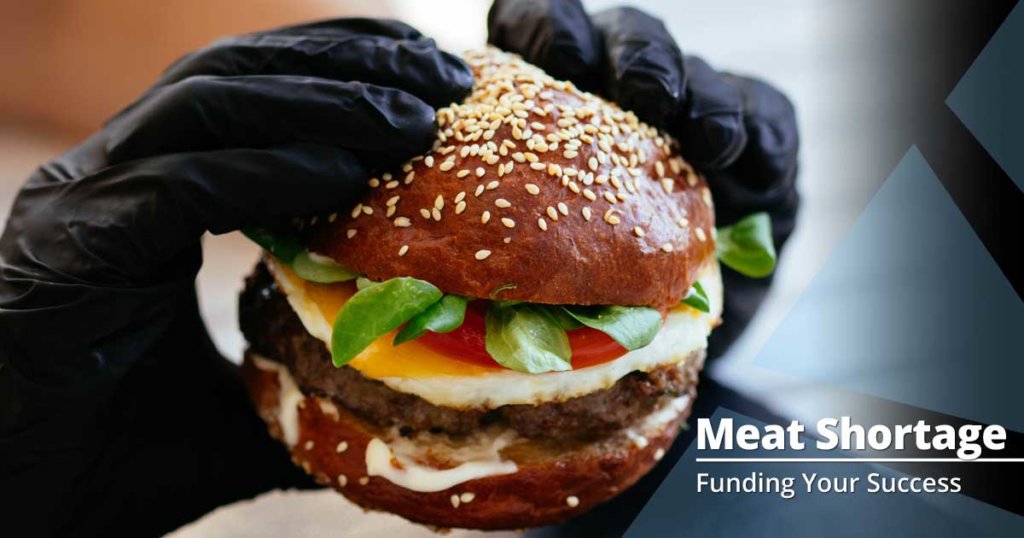How the Meat Shortage is Affecting Restaurants
 How the Meat Shortage is Affecting Restaurants
How the Meat Shortage is Affecting Restaurants
Restaurant owners have faced many uncertainties during this pandemic. From the uncertainty of re-opening at 50% capacity, sourcing enough PPE gear for all employees, increased sanitization schedules to even competing against generous unemployment benefits that pay staff much more than restaurant work. However, the uncertainty just went up one more notch since Tyson Foods, Cargill, Purdue, National Beef, Smithfield and JBS have all closed processing plants in several states due to the spread of coronavirus among their employees. While farmers do have the animals available, closure of these processing plants has created a major kink in the restaurant supply chain. Let’s take a look at how the meat short shortage is affecting restaurants.
Tyson Foods raised the red flag at the end of April with a New York Times notice that warned “the food supply chain is breaking.” Chairman of the Board John Tyson wrote: “As pork, beef and chicken plants are being forced to close for short periods of time, millions of pounds of meat will disappear from the supply chain … and there will be limited supply of our products in grocery stores until we are able to reopen our facilities that are currently closed.”
Since that dire warning, Wendy’s has blamed “spot outages” of their hamburgers on this disruption in the supply chain. Todd Penegor, CEO and President of Wendy’s, said “beef suppliers across North America are currently facing production challenges. Because of this, some of our menu items may be in short supply from time to time at some restaurants.” Wendy’s has since shifted their marketing efforts to their chicken options. They have also continued to focus on their breakfast options to make up for any shortfall from reduced hamburger sales.
Most restaurant suppliers began preparing their restaurant customers early so many have proactively ordered additional inventory and stocked their coolers amidst the impending shortage. A statement from U.S. Foods, one of the nation’s largest restaurant suppliers reads, “We have been sourcing our products from multiple meat processors to minimize the impact on our customers.” Restaurant owners we spoke to have also taken to ordering from multiple suppliers to have as much inventory available as customers slowly venture out again after stay-at-home orders were lifted.
Some restaurants see the reduced capacity dining as an unintended silver lining. Their reduced meat inventory will be able to keep them open far longer than if they were operating at full capacity. However, with national beef production down 25%, and the cost of beef and pork now at the highest in decades, it is only a matter of time before restaurant owners face their worst possible fears of closing their doors because of the unintended consequences of coronavirus.

